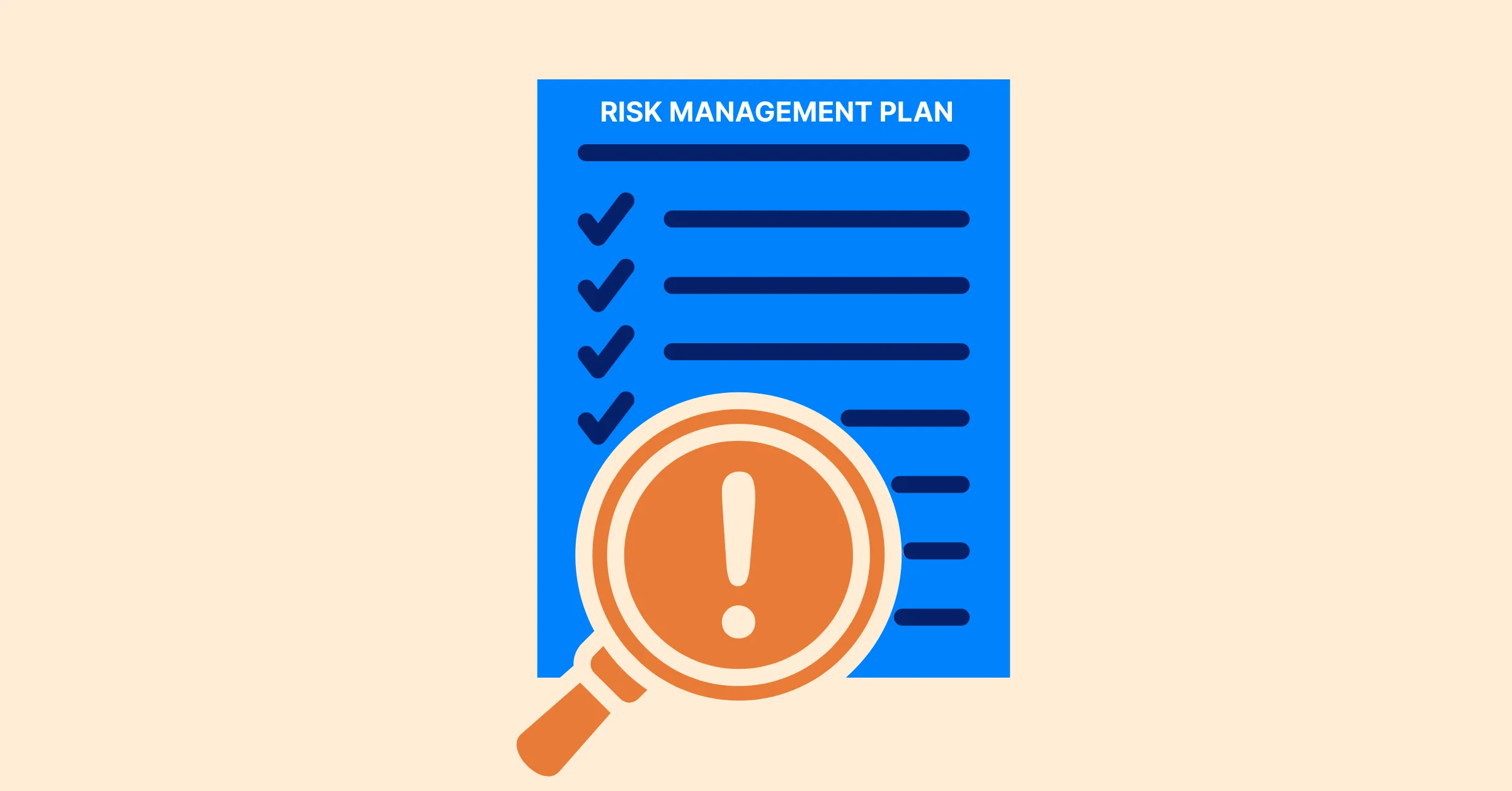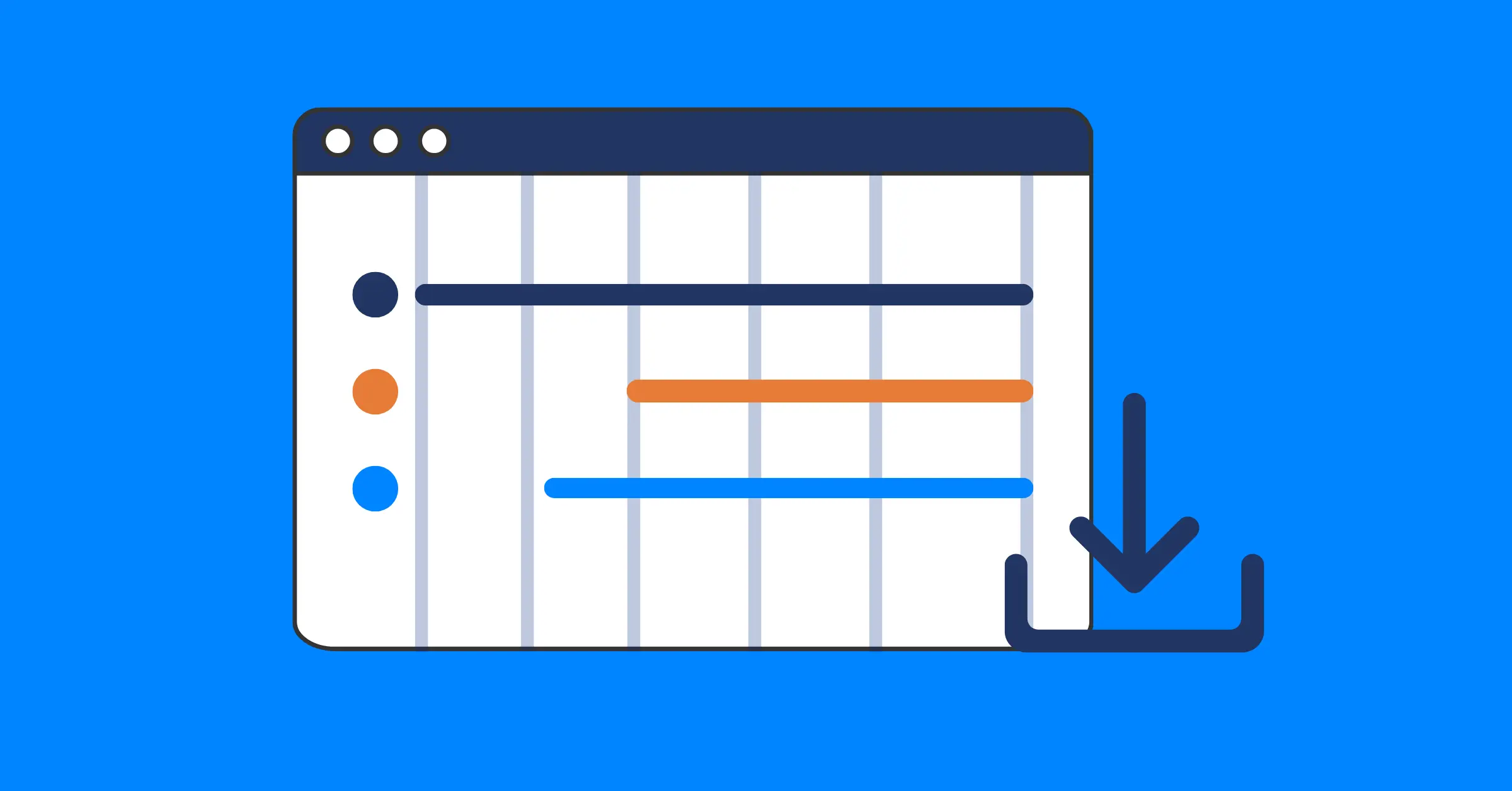Work Package Concept in Project Management: Definition, Examples & Importance
Discover what a work package is in project management, its main elements, and how it helps organize tasks, deliverables, and project schedules effectively.
Every project runs better when everyone knows what they’re working on and what needs to be delivered. To make that possible, projects are often divided into smaller, more manageable parts, and each of those parts is called a work package.
A work package describes a specific piece of work within a project. It explains what needs to be done, who will do it, how long it will take, and what the final result should look like. This helps teams stay organized, focused, and clear about their responsibilities.
In this guide, you’ll learn what a work package is, how it fits into the Work Breakdown Structure (WBS), and why it’s so important for planning and managing projects effectively. We’ll also go through examples and simple steps to help you create and manage work packages in your own projects.
What is a Work Package in Project Management?
1. Work Package Definition
A work package is a defined unit of work within a project that delivers a specific result or output. It’s the smallest level in the Work Breakdown Structure (WBS) where cost, time, and responsibility can be assigned and tracked.
Each work package contains all the details needed to complete a particular part of the project — including objectives, tasks, resources, budget, and deadlines. It serves as a practical link between the project’s overall goals and the individual actions required to reach them.
In short, a work package answers these key questions:
- What needs to be done?
- Who will do it?
- When should it be completed?
- How will we know it’s finished?
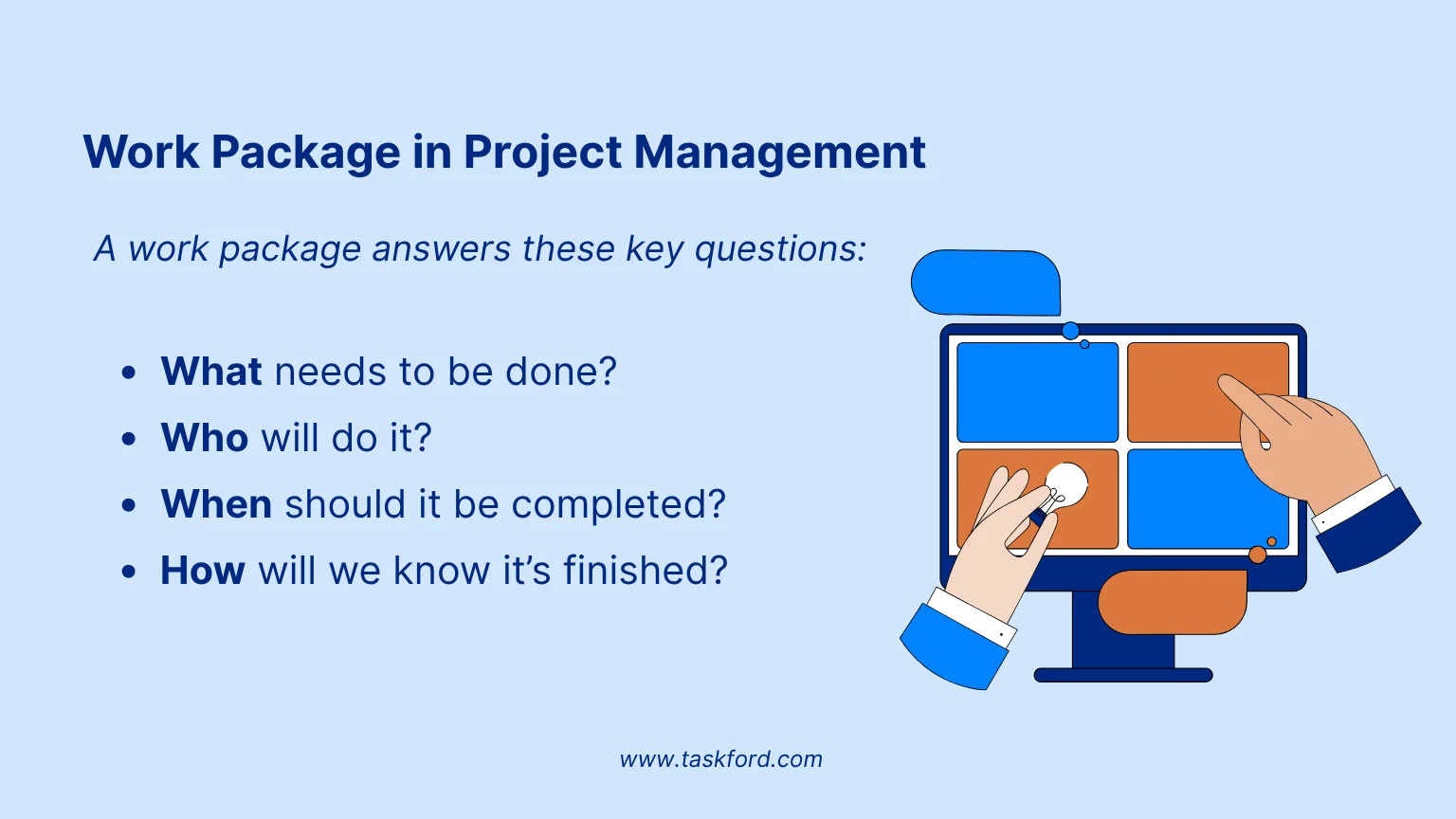
By defining work packages clearly, project managers can plan more accurately, assign responsibilities with confidence, and measure progress against concrete deliverables.
2. Key Characteristics of an Effective Work Package
A well-structured work package gives teams a clear direction and makes it easier to manage progress. To be effective, each work package should include a few essential characteristics that keep the work organized and measurable.
Here are the key features of a strong work package:
- Clear scope and objective – It defines exactly what needs to be done and what outcome is expected. There’s no confusion about the purpose or the boundaries of the work.
- Specific deliverables – Each work package leads to a tangible or measurable result that contributes to the overall project goal.
- Defined ownership – It identifies the person or team responsible for completing the work and reporting on its progress.
- Estimated time and cost – It includes realistic timelines and budget estimates so performance can be tracked accurately.
- Assigned resources – The required people, tools, and materials are listed and allocated before work begins.
- Start and end dates – A clear schedule helps align the work package with the overall project schedule and other project dependencies.
- Completion criteria – The conditions for considering the work “done” are clearly stated to avoid rework or uncertainty.
When all these elements are in place, a work package becomes much easier to manage and evaluate. It also ensures every part of the project stays aligned with the broader WBS and project deliverables.
Relationship Between Work Package and WBS
How Work Packages Fit Within the Work Breakdown Structure
The Work Breakdown Structure (WBS) is a tool used to break a project into smaller, more manageable parts. At the top level, it shows the entire project. As you move down each level, the work becomes more detailed — and at the very bottom are the work packages.
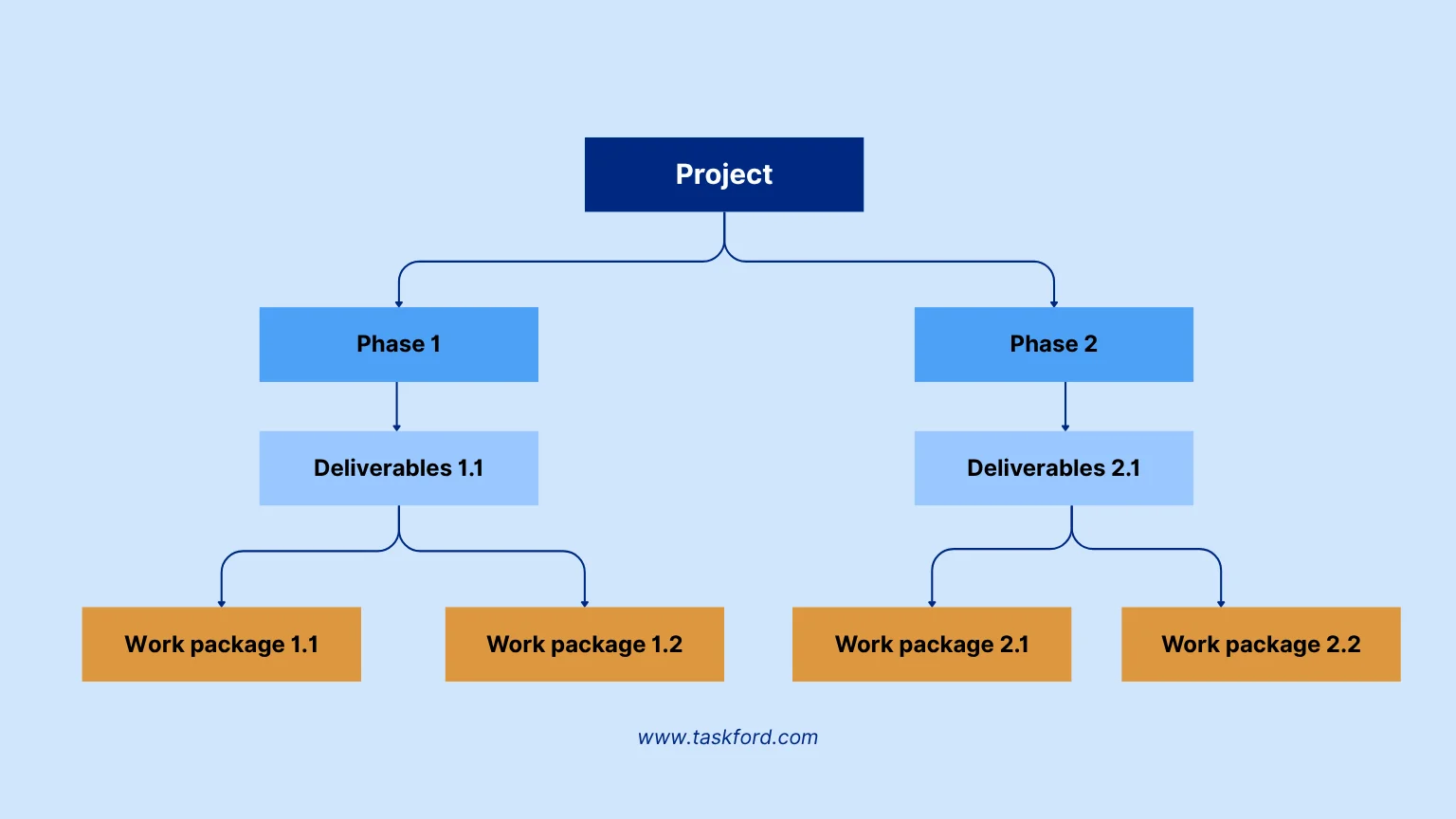
In other words, a work package is the smallest manageable unit within the WBS. It represents a specific section of work that can be planned, assigned, and tracked independently. Each one supports a higher-level deliverable in the WBS, helping connect everyday activities to the overall project goals.
For example:
- Level 1: Website Development Project
- Level 2: Front-End Design
- Level 3: Homepage Design (Work Package)
This structure ensures that all work is clearly defined and contributes directly to what the project aims to deliver.
Why Work Packages Are Important to the WBS
Work packages are what make the WBS truly actionable. While the WBS shows the structure of the project, the work packages define how that structure is executed.
Here’s why they matter:
- They make planning measurable – By defining scope, time, and cost at the work package level, project managers can estimate and control progress more precisely.
- They improve accountability – Each work package can be assigned to a team or individual, ensuring ownership of specific deliverables.
- They simplify reporting – Tracking progress, costs, and performance becomes easier when the project is divided into clearly defined units.
- They connect plans to outcomes – Work packages translate strategic objectives into actionable work that leads to real results.
In short, the WBS provides the framework, while work packages provide the action plan that keeps every part of the project on track.
Elements of a Work Package
A well-defined work package gives teams everything they need to complete their part of the project successfully. Each work package should include specific details that describe what will be done, how it will be done, and what success looks like.
Below are the main elements that make up a complete work package:
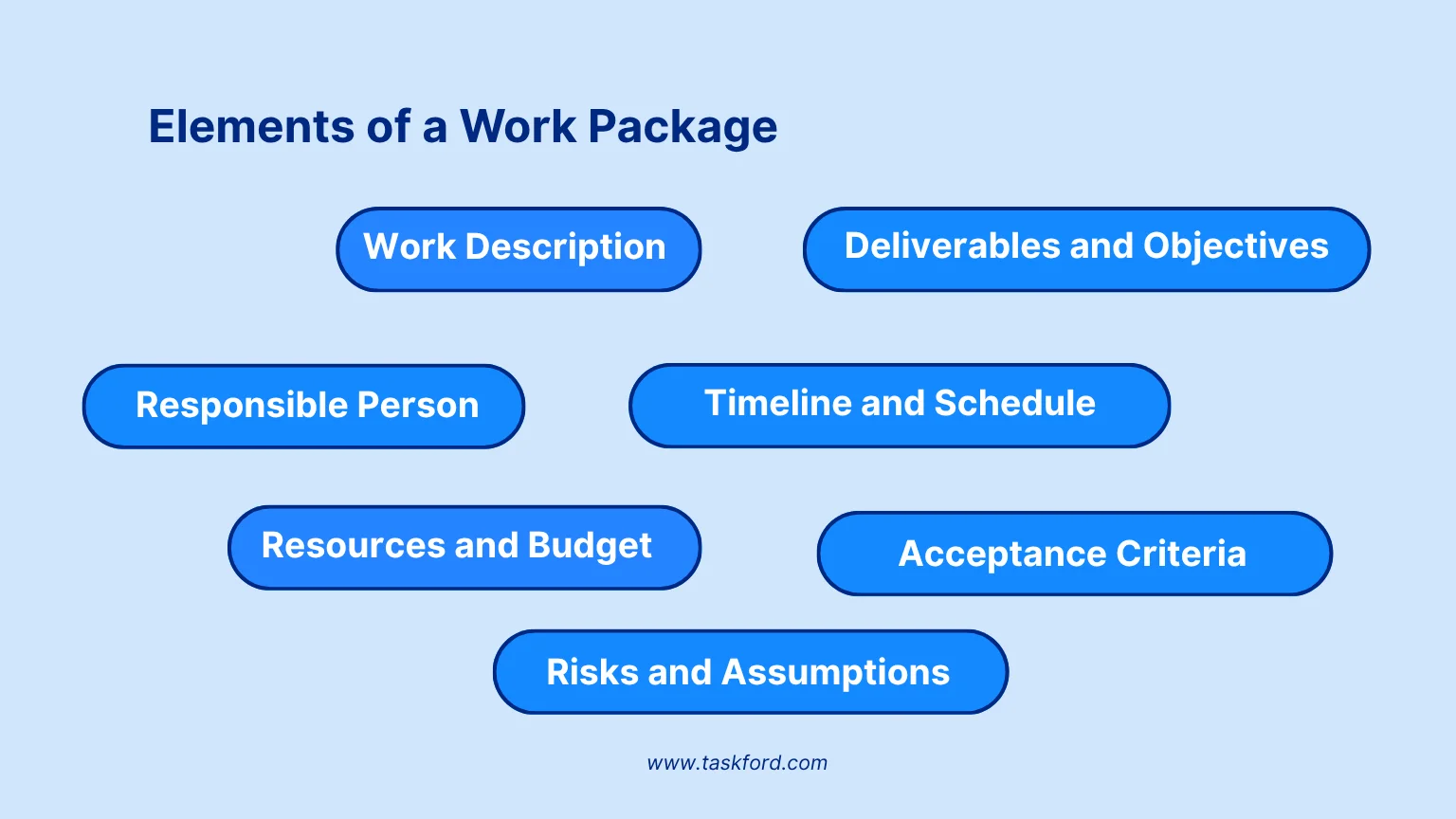
1. Work Description
This outlines the actual work that needs to be completed. It explains what tasks or activities are included and what the expected result is.
Example: “Develop the homepage layout and design for the company website.”
2. Deliverables and Objectives
Each work package should have clear deliverables — the tangible results or outputs to be produced. These deliverables link directly to the overall project deliverables defined in the WBS.
Example: “A fully designed homepage approved by the client.”
3. Assigned Team or Responsible Person
Ownership is essential. Each work package should name the individual or team responsible for carrying out the work and reporting its progress.
Example: “Assigned to the front-end design team.”
4. Timeline and Schedule
Define the start and end dates for the work package and list any dependencies with other parts of the project. This helps align the work package with the overall project scheduling.
Example: “Start: May 1 | End: May 15 | Depends on: Content Approval.”
5. Resources and Budget
List the people, tools, materials, and estimated costs needed to complete the work. Having this defined early helps with accurate resource planning and cost tracking.
6. Acceptance Criteria
These criteria explain how the team and stakeholders will know when the work is complete and meets the required quality standards.
Example: “Homepage design meets branding guidelines and passes usability review.”
7. Risks and Assumptions
Not all work goes as planned. Documenting potential risks or assumptions helps teams prepare and make informed decisions.
Example: “Design approval may be delayed due to client feedback cycles.”
Work Packages vs. Tasks, Deliverables, and Milestones
It’s easy to mix up terms like work packages, tasks, deliverables, and milestones since they all describe parts of a project. However, each one serves a different purpose and level of detail. Understanding these differences helps teams stay organized and communicate more clearly.
1. Work Package
A work package is a group of related tasks that together produce a specific deliverable. It’s the lowest manageable level within the Work Breakdown Structure (WBS) where scope, cost, and time can be controlled.
2. Task
A task is a single, specific activity within a work package. It represents one step in completing the overall goal of that package. Tasks are typically short in duration and assigned to individuals or small teams.
Read also: Task Scheduler in Project Management
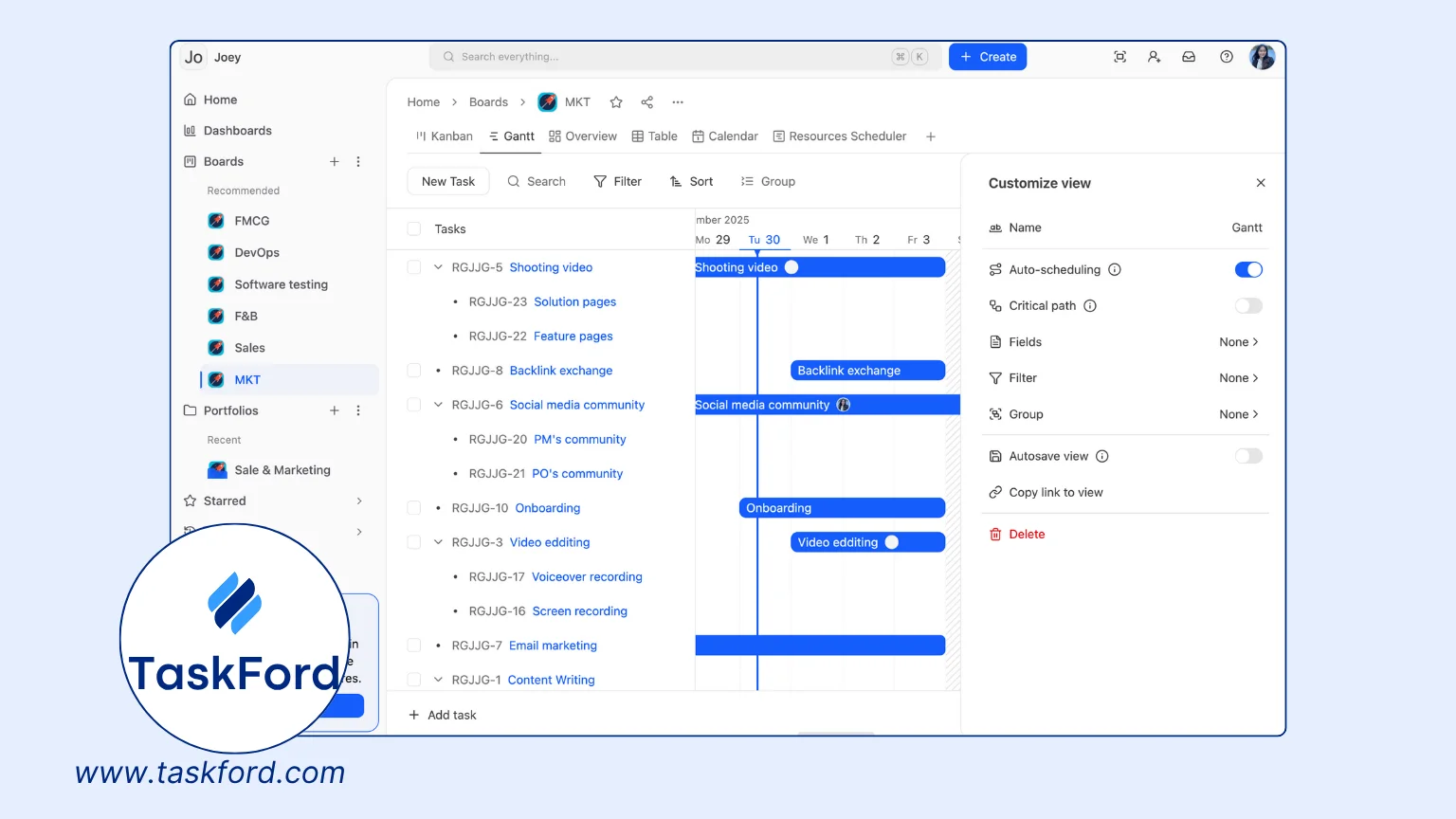
3. Deliverable
A deliverable is the tangible or measurable outcome produced once a set of work packages is completed. It can be a document, product, report, or any result that fulfills part of the project’s objectives. Deliverables are what stakeholders ultimately expect from the project.
4. Milestone
A milestone marks a key point or achievement in the project timeline, such as the completion of a major phase or approval of a critical deliverable. Milestones don’t involve work themselves but act as checkpoints to assess whether the project is on track.
Read also: What is a Project Milestone - A Detailed Guide to Effective Project Management.
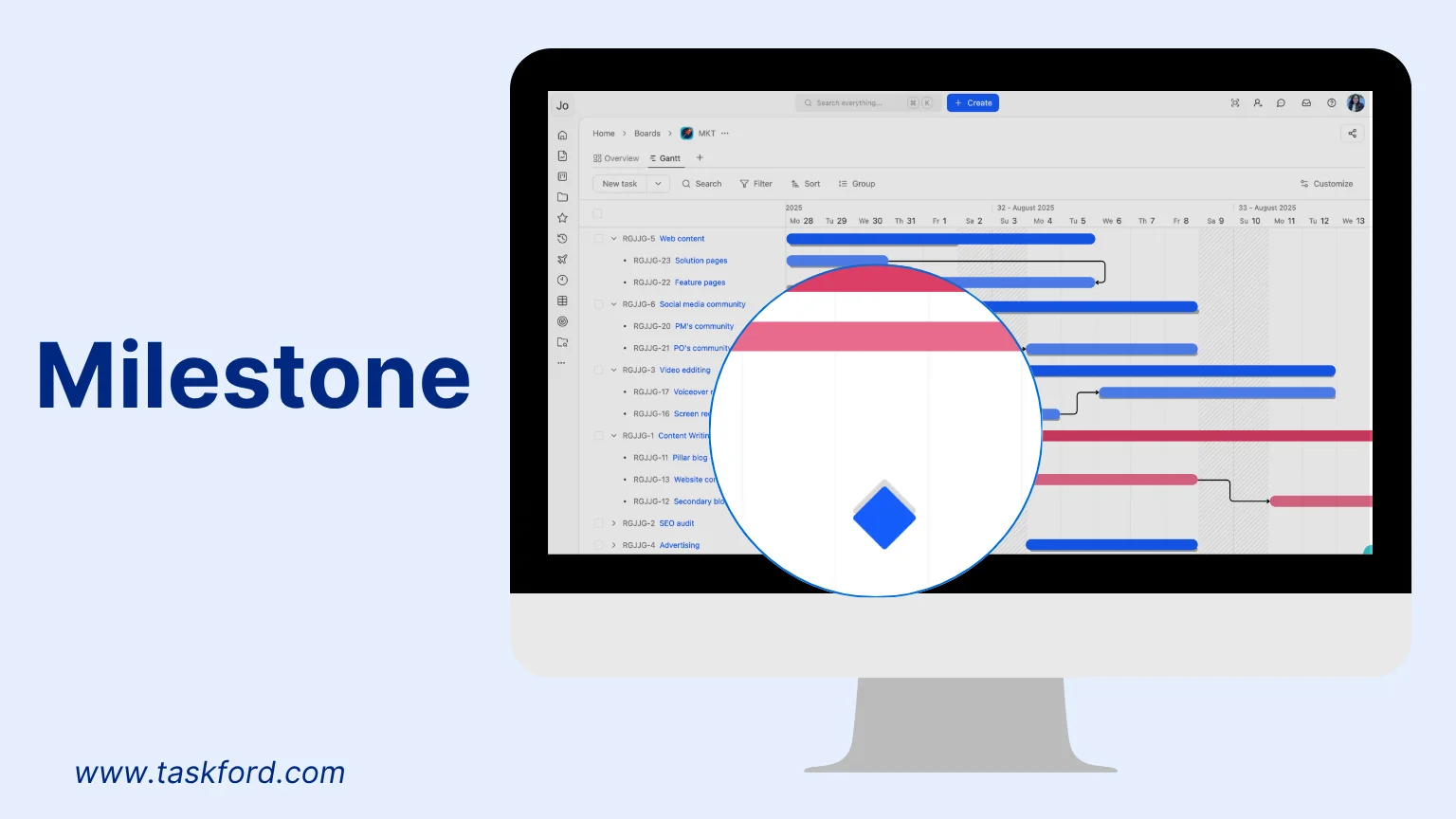
Quick Comparison
| Term | Description |
|---|---|
| Work Package | A group of related tasks that produce a defined and measurable result. |
| Task | A single, specific activity within a work package; the smallest unit of planned work. |
| Deliverable | The output or outcome produced by completing one or more work packages. |
| Milestone | A key event or checkpoint that marks progress in the project timeline. |
Each of these elements connects together:
- Tasks make up a work package.
- Work packages lead to deliverables.
- Deliverables move the project toward milestones.
When defined clearly, these pieces help teams stay focused, track progress, and manage expectations across the project.
Work Package Examples
Work packages can vary significantly depending on the type of project, but their purpose remains the same: to organize work into clear, manageable units that deliver specific results. Below are a few examples across different industries to show how this concept is applied in real project settings.
1. Construction Project
In a construction project, a work package typically represents a specific part of the building process, such as foundation work, electrical installation, or roofing. Each package includes detailed tasks, materials, costs, and assigned contractors. This structure helps track progress and manage budgets for each construction phase more effectively.
2. IT or Software Development Project
For software teams, work packages could include modules or features like user authentication, database setup, or interface design. Each work package defines its scope, expected output, timeline, and dependencies, allowing developers and project leads to coordinate their efforts and control delivery stages efficiently.
3. Marketing Campaign
In marketing, a work package can group activities related to one campaign component, such as content creation, ad design, or performance analysis. Breaking the campaign into work packages helps teams manage creative tasks, set clear deadlines, and measure impact for each stage of execution.
4. Product Development Project
A product development project might divide its work into packages such as prototype design, testing, and production setup. Each package has its own deliverables and acceptance criteria, ensuring teams stay aligned from design through to manufacturing.
Read Also: Exploring Types of Projects in Project Management.
The Importance of the Work Package in Project Management
Work packages play a key role in keeping projects clear, structured, and manageable. They turn broad project goals into smaller pieces of work that can be planned, assigned, and tracked easily.
Here’s why they matter:
- Better planning – Breaking large projects into smaller parts helps estimate time, cost, and resources more accurately.
- Clear accountability – Each work package has an owner or team responsible for delivering specific results.
- Easier tracking – Managers can monitor progress and spot delays early by reviewing each package.
- Improved cost control – Defined budgets and resources prevent overspending and support better allocation.
- Stronger alignment – Work packages connect directly to the project scope, deliverables, and overall goals, keeping everyone focused on results.
In short, work packages bring structure to projects, making them easier to manage and more predictable from start to finish.
How to Create and Manage a Work Package
Creating and managing work packages effectively helps keep the project organized, measurable, and on track. The process involves breaking down large objectives into smaller, well-defined units that teams can execute with clarity.
Here’s a simple step-by-step guide:
Step 1: Start from the Work Breakdown Structure (WBS)
Begin by locating where the work package fits within the WBS. Each package should support a specific deliverable or part of the project goal. This ensures every piece of work connects to the bigger picture and can be tracked easily later on.
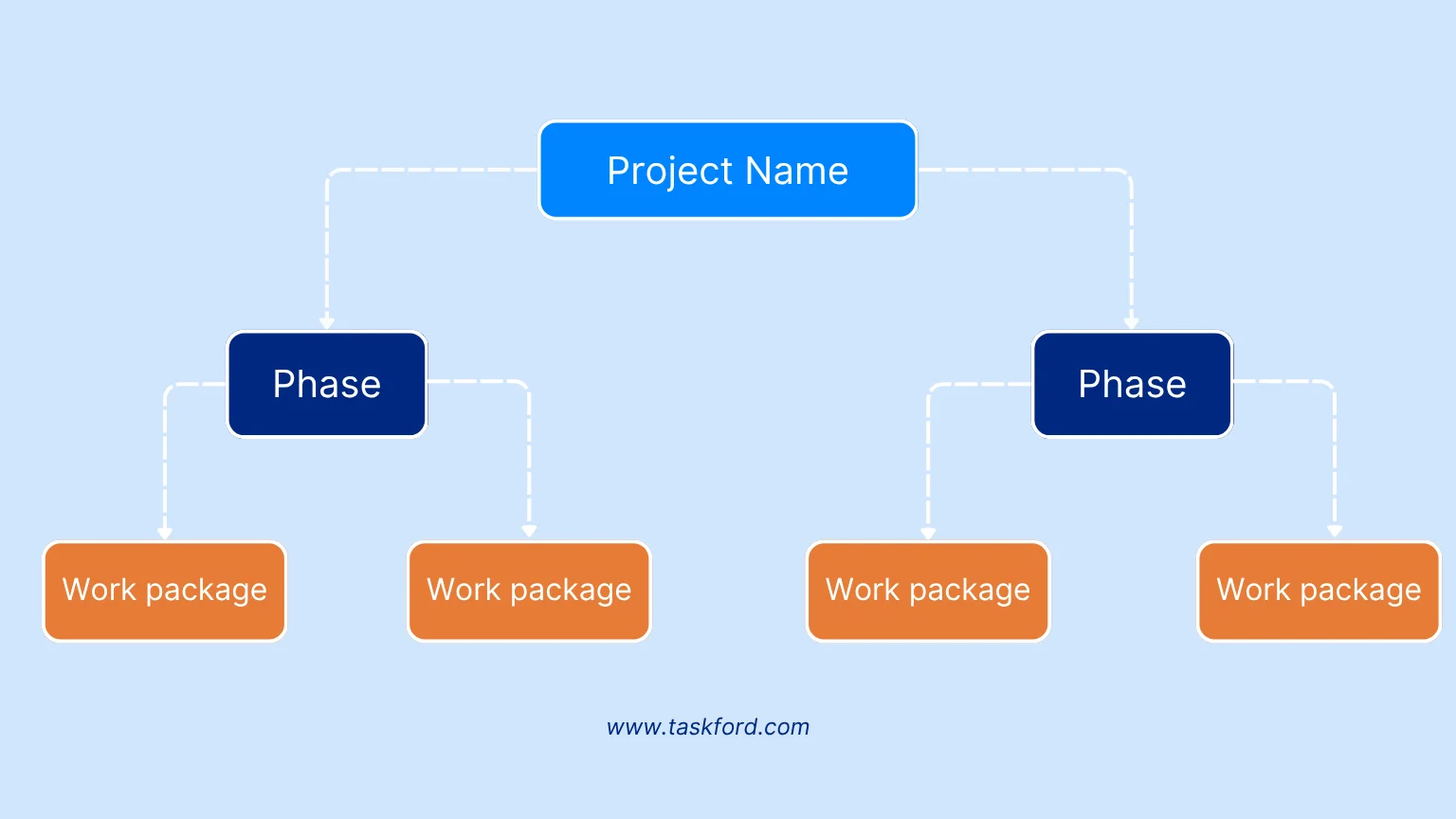
Step 2: Define the Scope and Deliverables
Describe what the work package will include and what it will produce. Keep the scope clear and realistic, and outline the deliverables that show when the work is complete. This helps everyone understand what success looks like before the work begins.
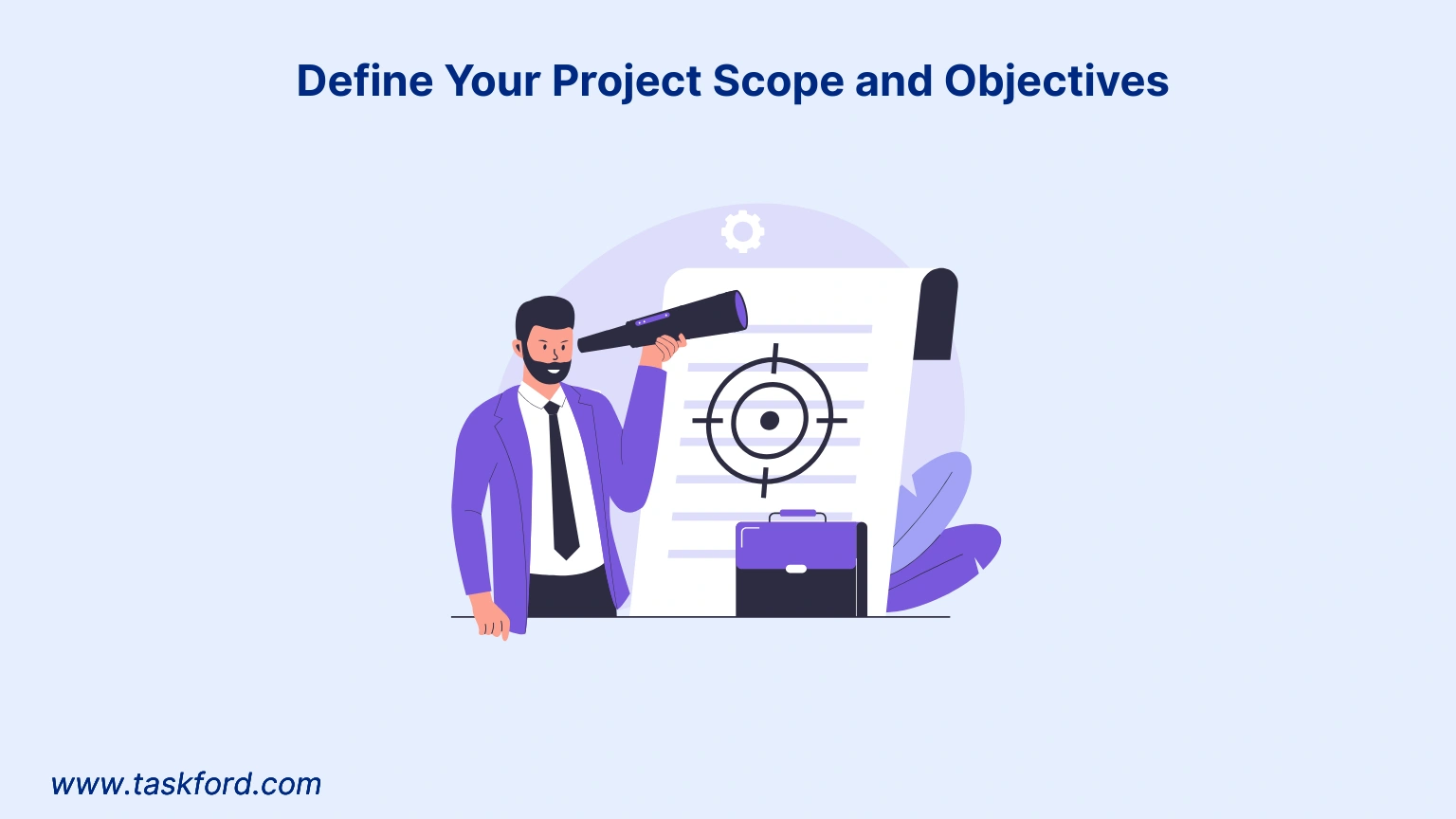
Step 3: Assign Responsibility
Decide who will complete the work. Each work package should have a clear owner — whether it’s an individual or a team. Having defined responsibility makes accountability simple and ensures communication stays focused.
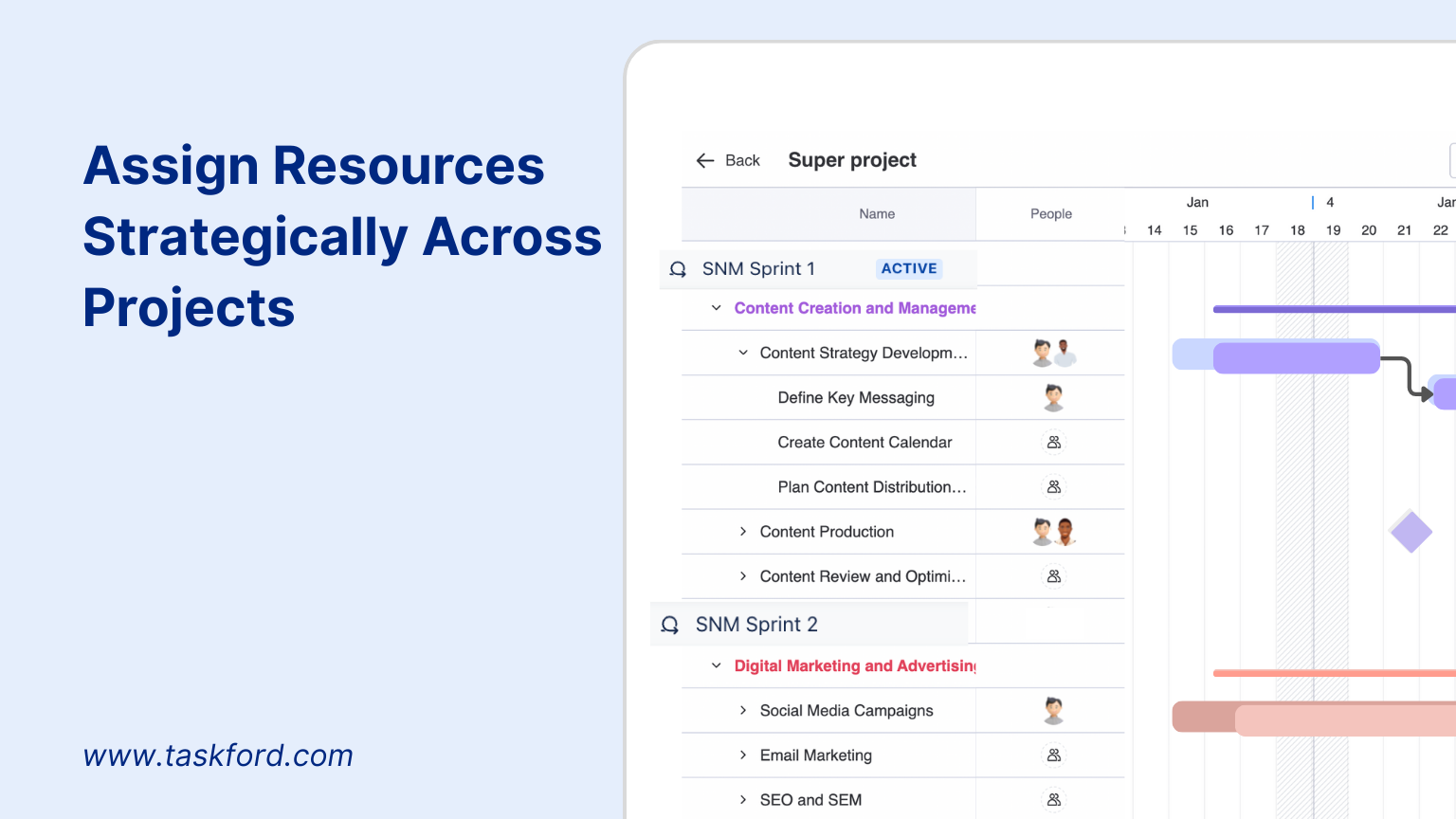
Step 4: Estimate Time and Cost
Set a realistic timeline and budget for the work package. Estimating effort, duration, and cost helps create an accurate project schedule and prevents resource or budget overruns later on.
Step 5: Identify Dependencies
Look at how this work package connects to others. Some may need to be completed before this one starts or depend on its outcome. Knowing these relationships helps keep the project flow smooth and avoids schedule conflicts .
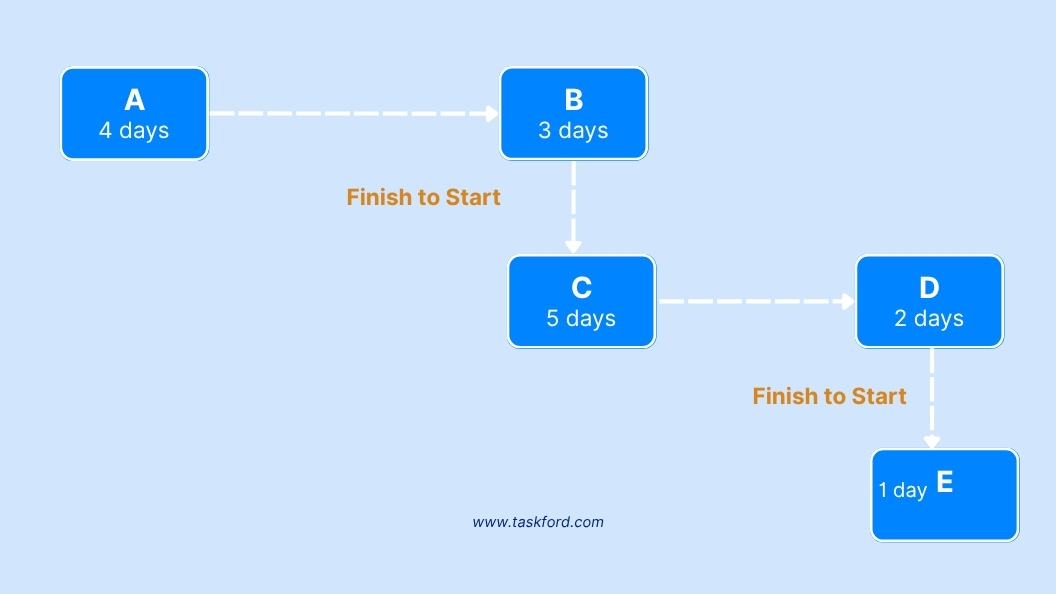
Step 6: Allocate Resources
List the people, tools, and materials needed to complete the work. Making sure resources are available at the right time keeps the work package moving efficiently and avoids unnecessary delays.
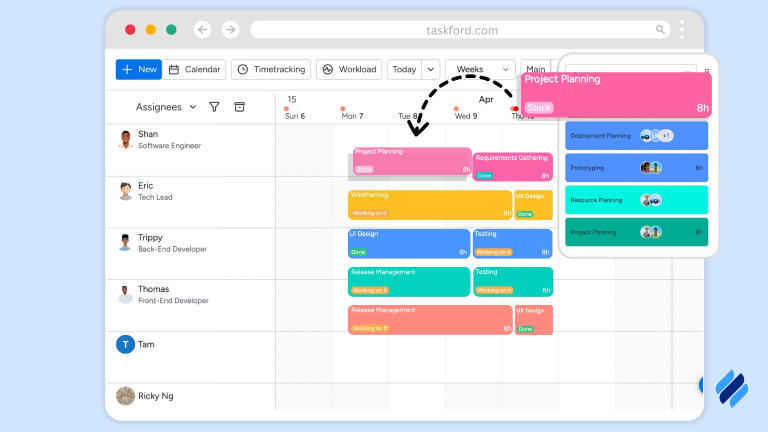
Step 7: Monitor Progress and Update Regularly
Once work begins, track progress closely to make sure it stays within the planned scope, time, and budget. Compare actual results against what was estimated, and update the work package if changes occur. Regular monitoring keeps everyone informed and helps identify issues early before they affect the overall project schedule.
Final Thoughts
Work packages may seem like a small part of project planning, but they make a big difference in how smoothly a project runs. By breaking complex work into smaller, well-defined sections, teams can plan more accurately, stay accountable, and measure progress more effectively.
A clear work package helps connect every task to a purpose, ensuring that time and resources are used wisely. It also strengthens the link between the Work Breakdown Structure (WBS), project deliverables, and the overall project schedule — keeping the entire team focused on shared goals.
In the end, well-managed work packages turn project plans into action. They give structure to the process, clarity to the people doing the work, and confidence to those tracking the results.
You May Also Like:
- Organizational Tools: How Them Reveal Hidden Inefficiencies in Task Management
- Recurring Tasks in Project Management and How to Automate Your Work
- Task Planning: 5 Common Mistakes and How to Fix Them
Making work simpler,
smarter, and more connected
Join our waitlist and be notified first.

Related Blog
Subscribe for Expert Tips
Unlock expert insights and stay ahead with TaskFord. Sign up now to receive valuable tips, strategies, and updates directly in your inbox.


